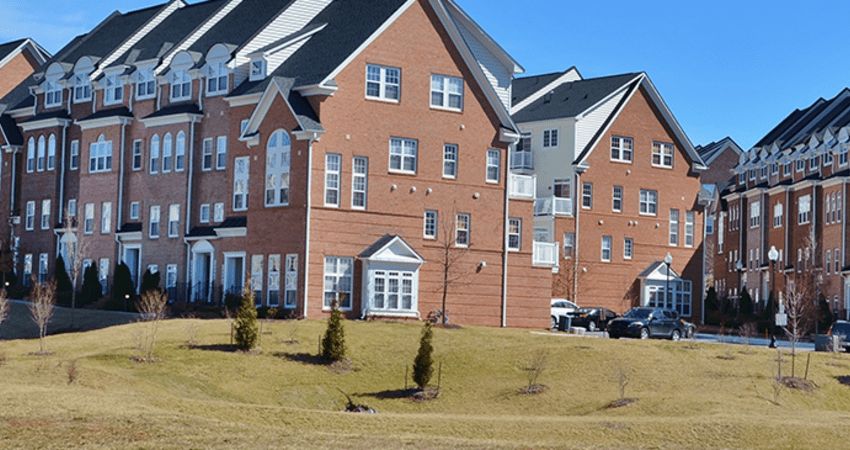
A Fine-Grained View of Household Segregation Patterns
- Title:
- A Fine-Grained View of Household Segregation Patterns
- Author:
-
Trevon Logan, John Parman
- Source:
- Publication Date:
-
2015
Researchers from Ohio State University and the College of William and Mary have created the first household-level measure of segregation for the United States. Using U.S. Census manuscript files from 1880 to 1940, the researchers tracked the racial similarity of next-door neighbors across the United States across a sixty year span. Traditional statistics about segregation typically look at the racial composition of a city and its wards or offer similarly broad views of racial distribution. This can mask fine-grained segregation occurring within or between blocks. The authors’ new measure instead considers the proximity of each household to one of a different race.
The concept of viewing segregation at a more fine-grained level may be applied to current analyses of segregation and micro-segregation. The revised view of the historical persistence and growth of racial segregation in the United States over time may further assist with the analysis of the causes and potential remedies.
Major findings:
- Between 1880 and 1940, having neighbors of the same race became increasingly common in every region of the U.S. – in cities, rural areas, areas with an increase in African-American residents, and areas with a decrease in the African-American population.
- In 1880, there was a 50% chance that an African-American household lived next door to a non-African-American household. In 1940, the probably of a different-race neighbor was more than 15 percentage points lower.
- Segregation doubled nationally from 1880 to 1940, across all regions of the United States.
- The dramatic increase in segregation was more widespread that would be suggested by urbanization, black migratory patterns, or “white flight” from cities to suburban areas.
- Contrary to previous estimates, urban areas in the South had the nation’s highest levels of segregation when viewed at the household level. In the North, Whites and African-Americans were more likely to live in close proximity to one another, even though they were more likely to live in the same wards in the South.